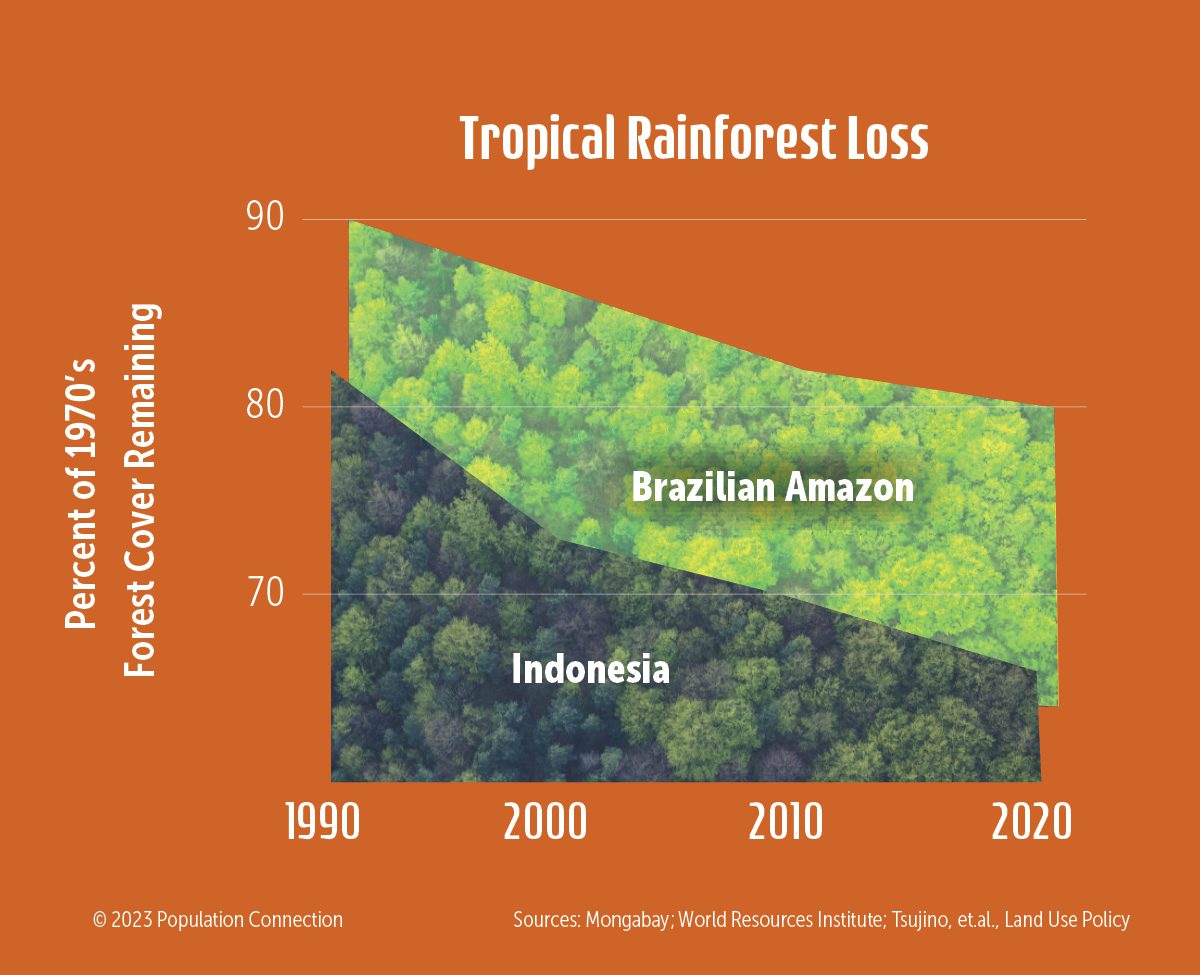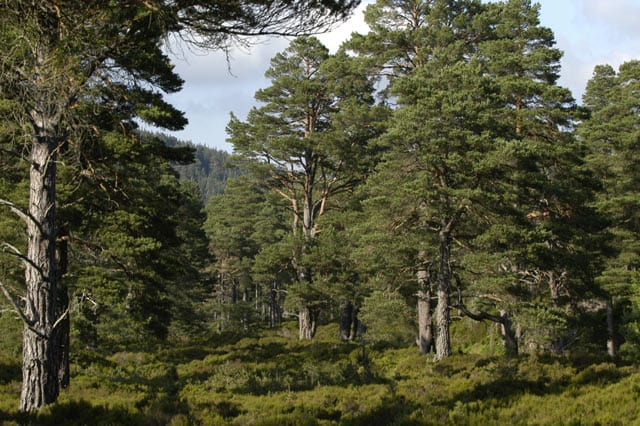“For in the true nature of things, if we rightly consider, every green tree is far more glorious than if it were made of gold and silver.” – Martin Luther King Jr.
Branches are popping with bright green buds and Earth Day is right around the corner. What better time to teach about trees! This spring, we’re all about making it easier for you to teach about forests – whether you’re in kindergarten or AP Environmental Science, we’ll be supporting you with fun, classroom-ready materials and ideas for teaching about forests – locally, regionally, and globally.
Free Forest Teaching Resources: A Sneak Peek
Tune into our various channels to get the most out of PopEd’s offerings this spring. Here’s a peek of what you can expect over the next few months:
- Blogs: Our PopEd blog will be covering a lot of ground. From explorations of the biodiversity in different layers of the rainforest, to impacts of industrial agriculture and the importance of old growth forests, we’ll have something for everyone. Read along and grow your knowledge (pun intended!).
- Social Media: We’ll be posting lots of forest-themed resources on Facebook and X using #PopEdForests. From lesson plans, to articles, to data visualizations, tuning into our social posts will give you non-stop ideas for incorporating forest learning into whatever setting you teach.

- Free Educator Webinar: We hope you’ll join us for an interactive webinar where you’ll get to experience some of PopEd’s most popular lessons for teaching about forest ecosystems. The webinar will compliment instruction at any grade level and is the perfect prep for an engaging Earth Day with your students! Tuesday April 16th 4:30-5:30 pm. Register here!
- PopEd Resources: PopEd has lots of materials to help teach forest topics. We’ll be posting direct links to all of our forest themed infographics, case study readings, and hand-on lesson plans so you don’t have to go digging. You may even discover something new.
Why Teach About Forests?
It’s hard to argue that any biome on Earth is more critical to the health of our planet and the well-being of the world’s people than forests. Forests cover about 30% of land area on Earth, are the ‘lungs’ of the Earth, and are home to 80% of amphibian species, 75% of bird species, and 68% of the worlds mammal species. And in addition to supporting vast biodiversity and regulating climate, they support the livelihoods of 1.6 billion people worldwide. It’s a no brainer that protecting forest habitats is key to attaining any sort of global sustainability. So why are forests still declining at an alarming rate worldwide? The answers are complicated but at their root, can be traced back to human pressures like agricultural demands and lumber supply. The more students are informed on the threats facing our forests, the more prepared they’ll be to protect them in the future. 
Forest Learning is for Every Grade
The study of forests and all their benefits can’t start too early. It’s not uncommon for even very young students to have some familiarity with trees and why they are important. They may have observed bright leaves changing color outside the school window or seen birds and squirrels making cozy homes in a branch. Some students may even already be familiar with stories like The Lorax or be quick to tell you that we should “save the trees.” But all too often students are not exposed to a deeper study about forests until an environmental science or forestry class later in their educational careers. Here at PopEd, we think that that digging deeper into forests in the classroom does not (and should not!) have to wait!
Integrating forest topics into required skills and content from an early age is a win-win that is good for both student learning and for the planet. Connecting the topic of forests across the curriculum taps into prior knowledge, builds on student interest and connects learning to the real-world, all while building foundational knowledge of this important biome that holds the keys to global sustainability.
Follow along with us this spring (#PopEdForests) to add some great forest resources to your teaching toolbox – we can’t wait to get started!
Image credits: Forest (phil smith / Ancient Caledonian Forest, Glen Tanar / CC BY-SA 2.0)


